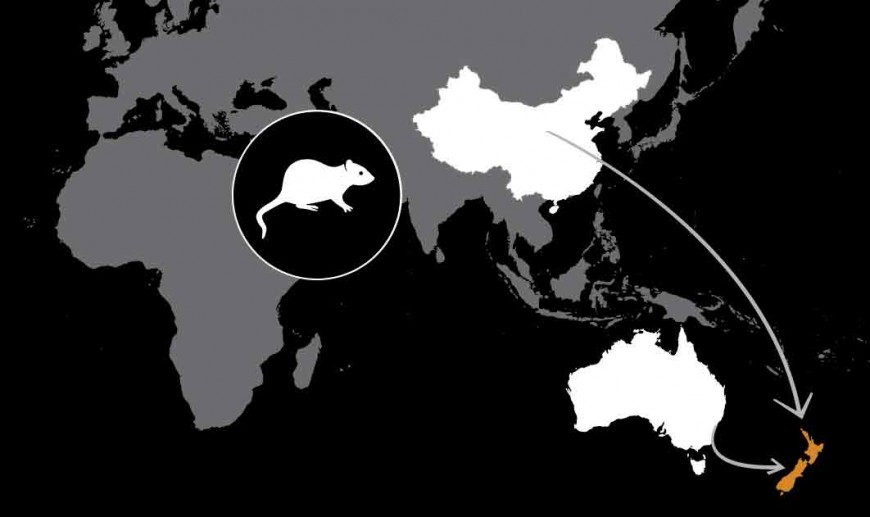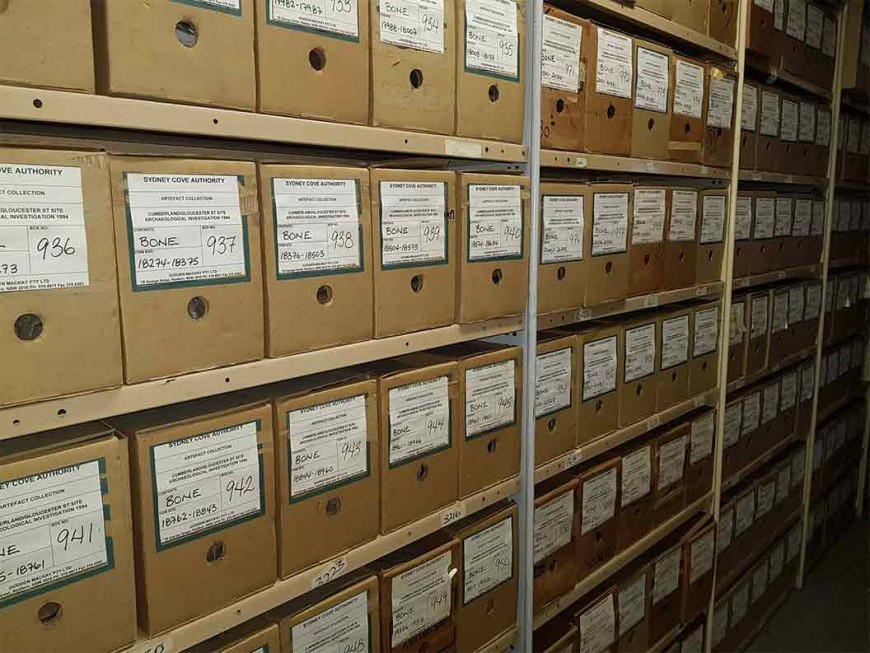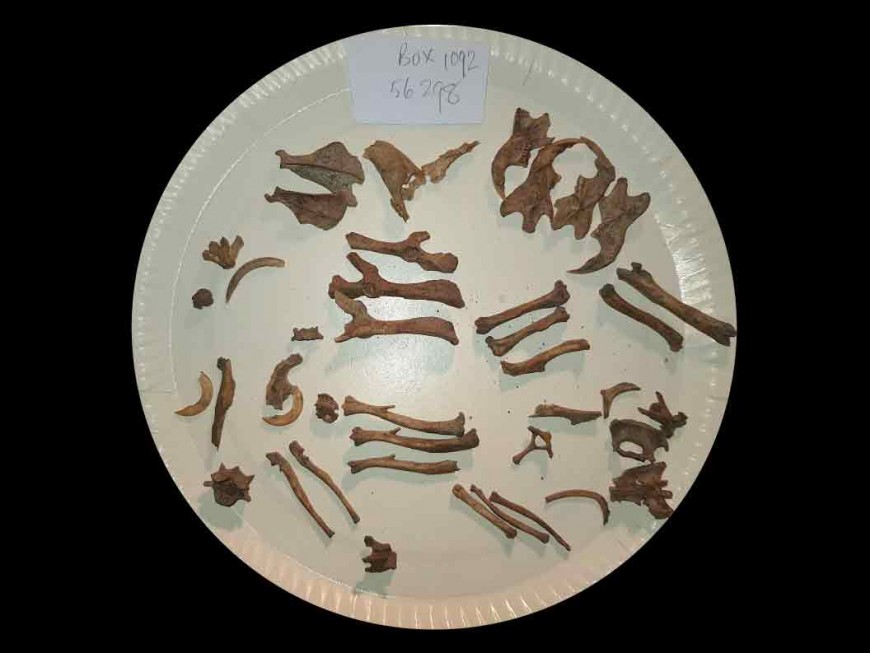Manaaki Whenua researcher Dr Andrew Veale and Prof Carolyn King from University of Waikato have led several papers examining the genetic ancestry of mice in Aotearoa revealing a complex history of multiple introductions from across the globe. The genetic ancestry of ship rats and Norway rats has similarly been investigated by Prof James Russell (University of Auckland) and colleagues.

These studies threw up unusual results that were difficult to explain from the historical record. How, for instance, did unusual hybrid European/Asian mice arrive in the south of the South Island and on Chatham Island? How did Norway rats from China arrive in the South Island while British Norway rats invaded the North Island? Most shipping to the early colony of New Zealand came via the port of Sydney, so perhaps the answers to these questions could be found there. However, given rodents must have arrived multiple times, and there may have been population fluctuations since their original introductions, ideally these questions need to be answered examining rodents from Sydney from the 19th century.
In a new paper out in Biological Invasions, Dr Veale and Prof King teamed up with archaeologist Dr Wayne Johnson and ancient DNA specialist Dr Lara Shephard (Te Papa) to find out what the DNA extracted from ancient rodent bones recovered from archaeological sites in Sydney’s old port could tell us about our history. From these long-buried bones, they identified six genetic sequences of Norway rats, showing either multiple early introductions or a diverse initial founding population. One of these was identical to some modern sequences in Australia, and had a sequence common in the North Island of New Zealand, but none was like the Asian sequence found throughout the South Island.
They found three sequences of mice all belonging to the dominant European subspecies established in Australia.
This subspecies is also present throughout Aotearoa, with similar sequences found throughout most of the country. Again, no Asian ancestry was found in the mice.
These results support the theory there was early undocumented ship traffic direct from Canton to the south of New Zealand, bringing with it Chinese mice and rats. Given the timing and early invasion evidence, this was earlier than Chinese immigration to New Zealand related to the Gold Rush in the mid-1860s, and was probably related to the fur trade in seal pelts.
These results provide tantalising evidence of our early colonial history, and also show that (given the apparent continuity in genetic ancestry from ancient rodents to the modern populations in Sydney) we can probably rely on modern DNA to provide evidence for the original invaders.



